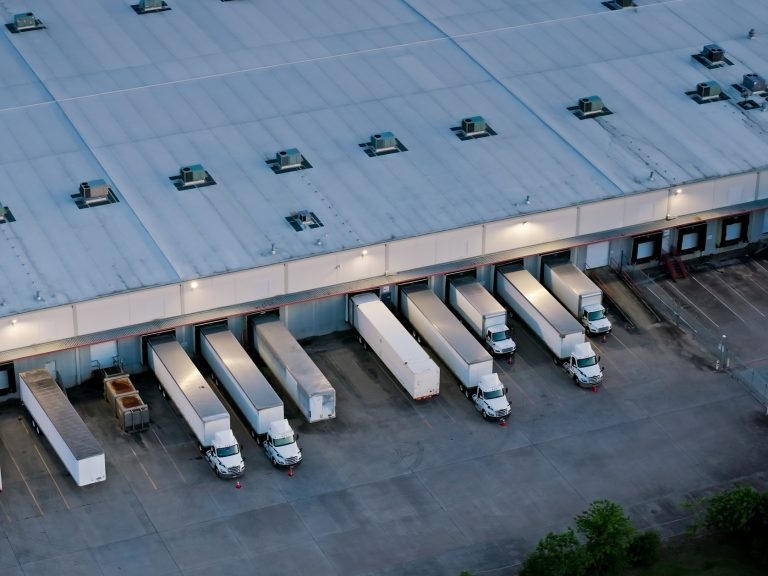Investors swoop on iconic SA lettuce farm

A South Australia-based lettuce business is proving to be an attractive offering for investors looking to secure an iconic salad brand amid grocery price hikes and damaging floods in Queensland and NSW.
One of SA’s biggest producers of lettuce, Swanport Harvest has been supplying year-round produce since the early 1960s, when Italian immigrants Maria and Charlie Ruggiero first established the business as a small market garden enterprise near Murray Bridge.
Now the successful business with its 91.96ha site at 128 Davidson Road in Angas Plains has been listed for sale via an expression of interest campaign which closes at noon on July 20.
With grocery prices and demand for homegrown produce on the rise, Don Ruggiero, who took over his parents business in the early 1990s, said the sale provided a lucrative opportunity for buyers.

Swanport Harvest is best known for its Stray Crisp lettuce brand which is sold through major supermarket chains across South Australia, the Northern Territory and parts of Victoria. Picture: realcommercial.com.au/for-sale
He said Swanport Harvest counted Woolworths, IGA and Foodland among its key clients, supplying around 250,000 trays of Staycrisp Premium Lettuce annually – the company’s flagship brand – to stores across SA, the Northern Territory and parts of Victoria.
“We’ve had a lot of interest from Queensland growers and that makes sense to me as some of these guys up there would be fully aware that they are going to lose some of their market shares [due to the recent floods],” Mr Ruggiero said.
“So it makes sense to me that somebody from Queensland may come down to buy this, to run it as another farm and to gain some market shares.”
A business with a point of difference
Mr Ruggiero, who is nearing retirement age, said the company’s Staycrisp brand had helped set the business apart from other growers.
“Our brand is very much consumer driven, which is really good…and, as we’re up against a lot of other growers, the Staycrisp brand has always offered a point of difference,” he said.
Established some 16 years ago, Staycrisp is the one of the most successful lettuce brands in SA, with each head cut, wrapped and packed in the field, before being vacuumed-cooled to a consistent core and delivered in-store within 24-hours of harvest.
“So we’ve set up a really good farm here and whoever buys it won’t have to worry about much at all over the next 15 to 20 years because it’s all virgin ground,” he said.
“They could double their production here if they wanted to. We’re already growing about 130ha of lettuce per year, which is a fair bit, but you could grow that same amount again or add broccoli and cauliflower if you wanted to.”
Strong prices for SA horticulture assets
Colliers International agribusiness national director Tim Altschwager, who is selling the business on behalf of the Ruggiero family, said the property was extensively developed with irrigation infrastructure.
“In general, horticultural assets are seeing really good enquiries and strong prices,” Mr Altschwager said.

The 91.96ha lettuce farm has been owned and operated by the same family for many years. Picture: realcommercial.com.au/for-sale
He also said an additional option existed for a buyer to acquire a nearby 121ha property for further expansion.
“So it’s a good time to come to the market, especially with the lettuce prices going through the roof and the issues that are being experienced in the eastern states due to the floods.
“The region is one of very few places in Australia where lettuce and other crops such as broccoli and cauliflower can be successfully grown year-round, so this is a great offering.”
Iceberg lettuce the new luxury item of the grocery world
As food price hikes continue to hit Australian consumers, the once humble iceberg lettuce has been elevated to luxury food item status.
Flooding in Queensland and New South Wales, along with cost increases for fertiliser and fuel, are major factors in iceberg lettuce prices rising to above $6 in supermarkets – and in some cases up to $12.
Grocery items are about to get even more expensive with Coles and Woolworth expected to push up prices by August 1 in response to requests from suppliers who are facing their own increased costs, according to a recent report in The Australian.
National manager of communications at AusVeg Shaun Lindhe said costs for farmers have risen steeply since the pandemic began.
“Since I think [since] the start of 2020 … we’ve had reports of increases to the cost of production, anywhere between 35% and 45%,” he said.
Mr Lindhe said staffing shortages and ongoing production costs were the biggest issues facing the industry.
“The data we’ve sourced also indicates that the corresponding increase in retail prices is only about 7.5%, so in terms of the price that consumers see, growers don’t dictate that.
“So it’s critical that we get consumers to buy fresh produce when it’s available to try and keep stock moving from the shelves so that we can keep demand up.”







